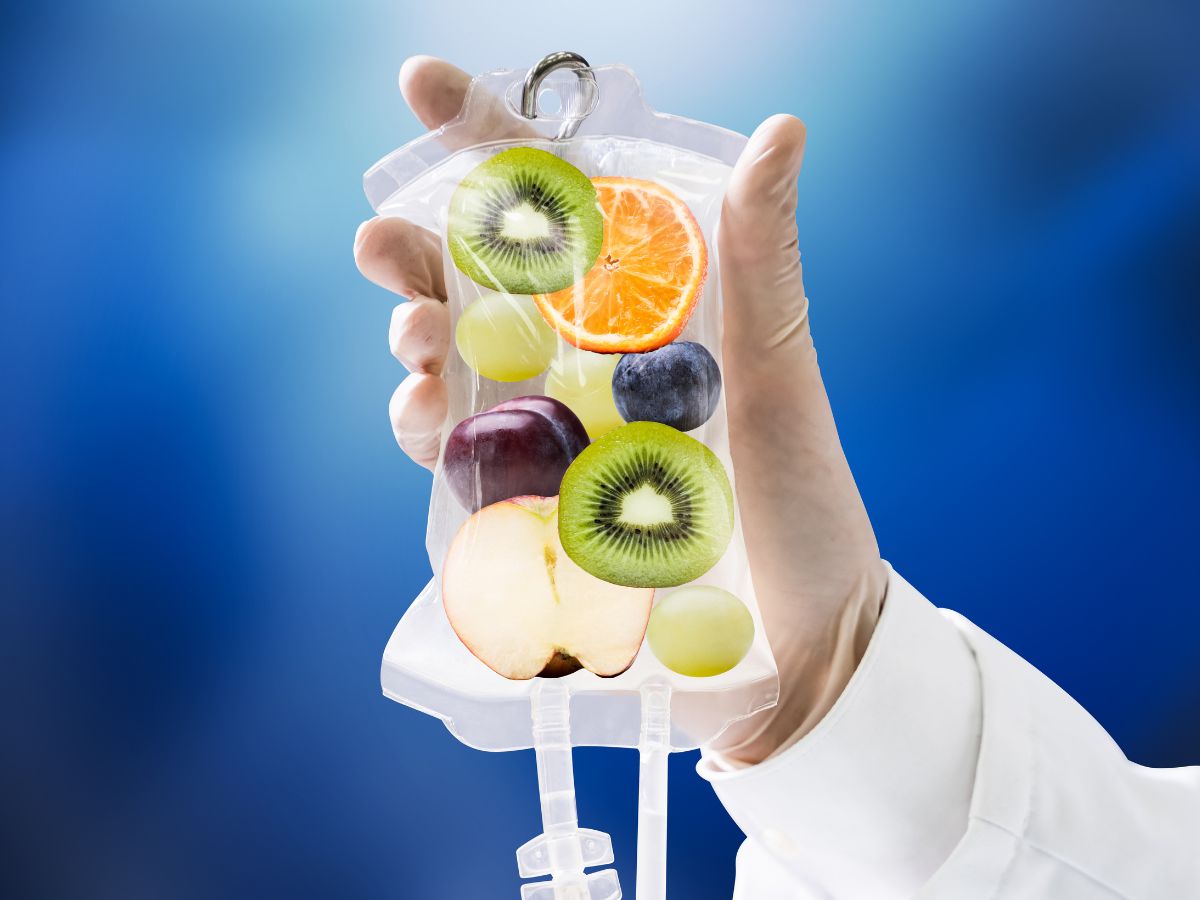Dental amalgam is a mercury-based filling containing approximately 50% of metallic mercury (Hg0). Human placenta does not represent a real barrier to the transport of Hg0; hence, fetal exposure occurs as a result of maternal exposure to Hg, with possible subsequent neurodevelopmental disabilities in infants. This study represents a substudy of the international NIH-funded project "Early Childhood Development and polychlorinated biphenyls Exposure in Slovakia". The main aim of this analysis was to assess the relationship between maternal dental amalgam fillings and exposure of the developing fetus to Hg. The study subjects were mother–child pairs (N=99). Questionnaires were administered after delivery, and chemical analyses of Hg were performed in the samples of maternal and cord blood using atomic absorption spectrometry with amalgamation technique. The median values of Hg concentrations were 0.63 g/l (range 0.14–2.9 g/l) and 0.80 g/l (range 0.15–2.54 g/l) for maternal and cord blood, respectively. None of the cord blood Hg concentrations reached the level considered to be hazardous for neurodevelopmental effects in children exposed to Hg in utero (EPA reference dose for Hg of 5.8 g/l in cord blood). A strong positive correlation between maternal and cord blood Hg levels was found (=0.79; P<0.001). Levels of Hg in the cord blood were significantly associated with the number of maternal amalgam fillings (=0.46, P<0.001) and with the number of years since the last filling (=- 0.37, P<0.001); these associations remained significant after adjustment for maternal age and education. Dental amalgam fillings in girls and women of reproductive age should be used with caution, to avoid increased prenatal Hg exposure.

Exploring the Benefits of IV Therapy: What You Need to Know
As healthcare continues to evolve, IV therapy has emerged as a popular method of delivering essential nutrients directly into the

